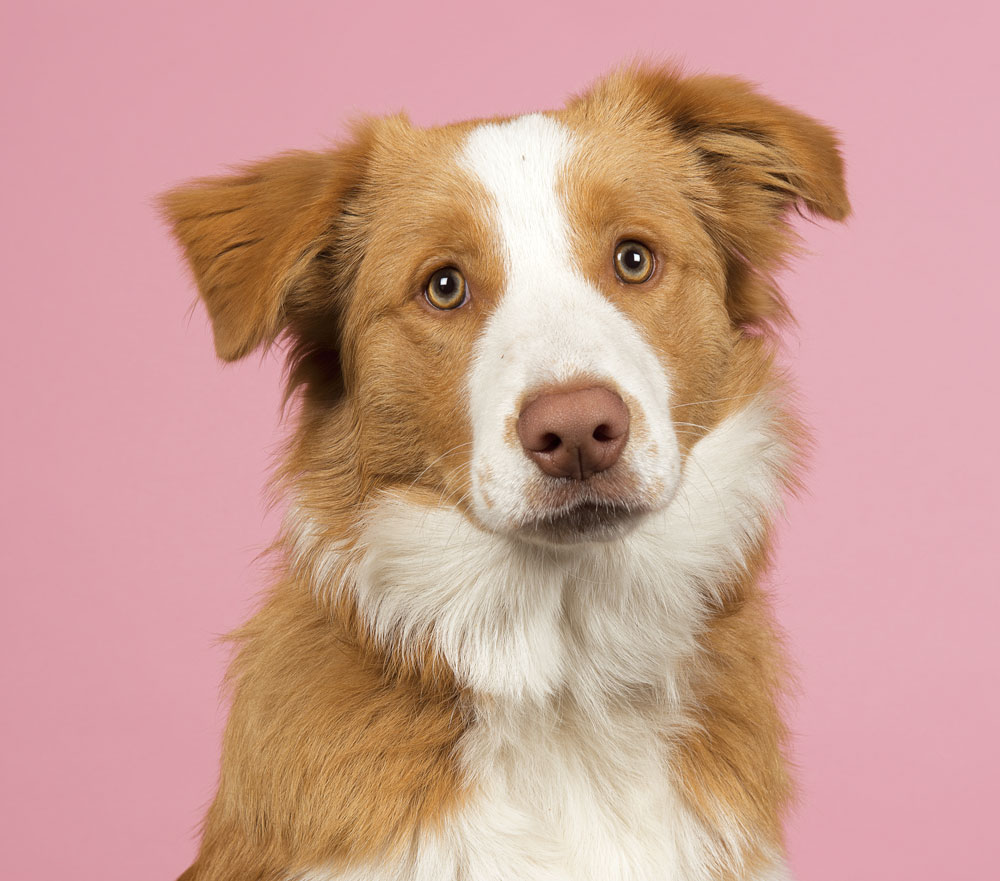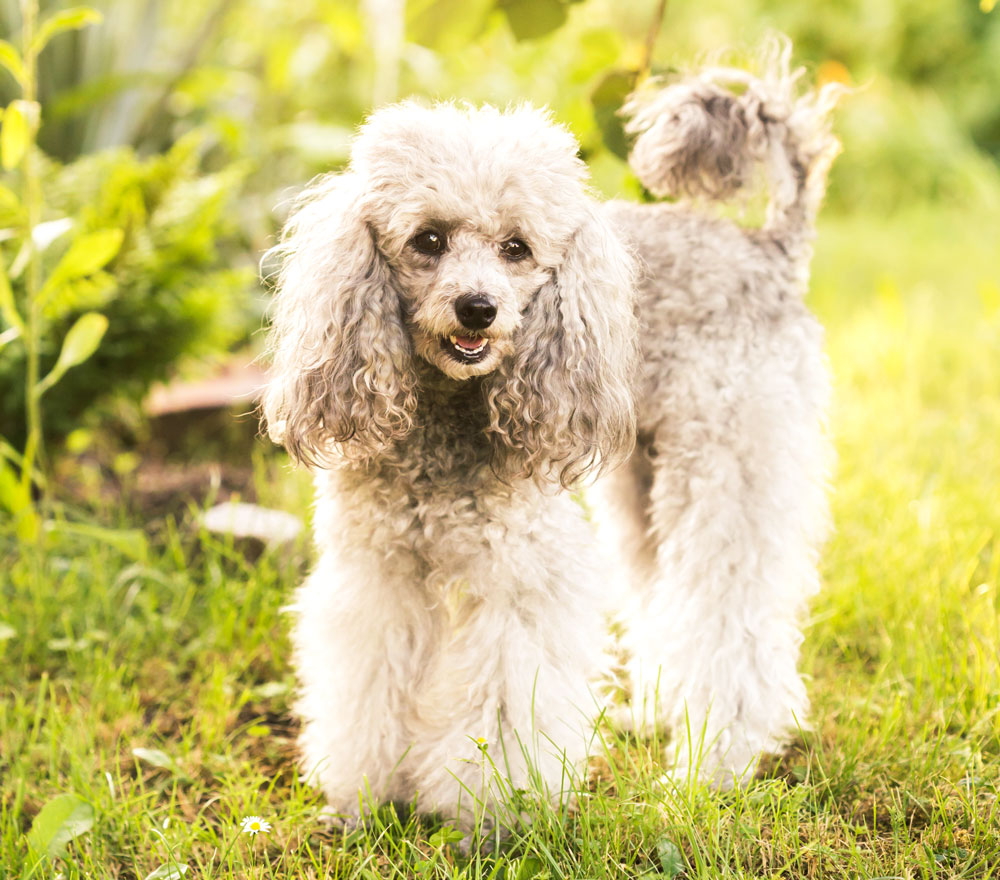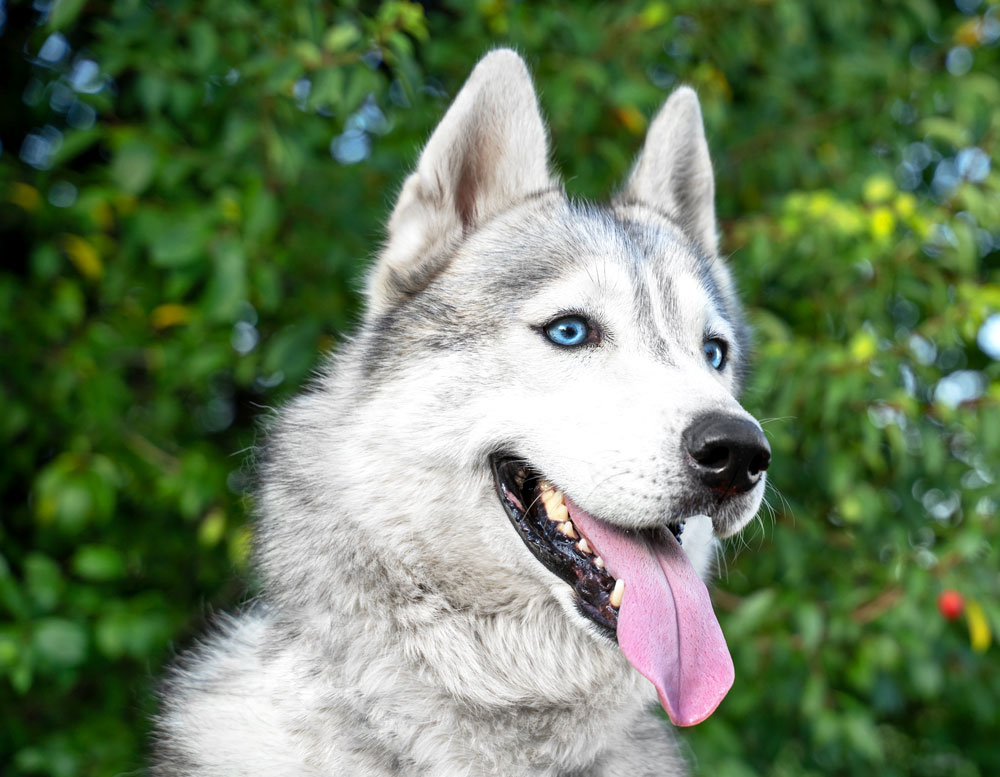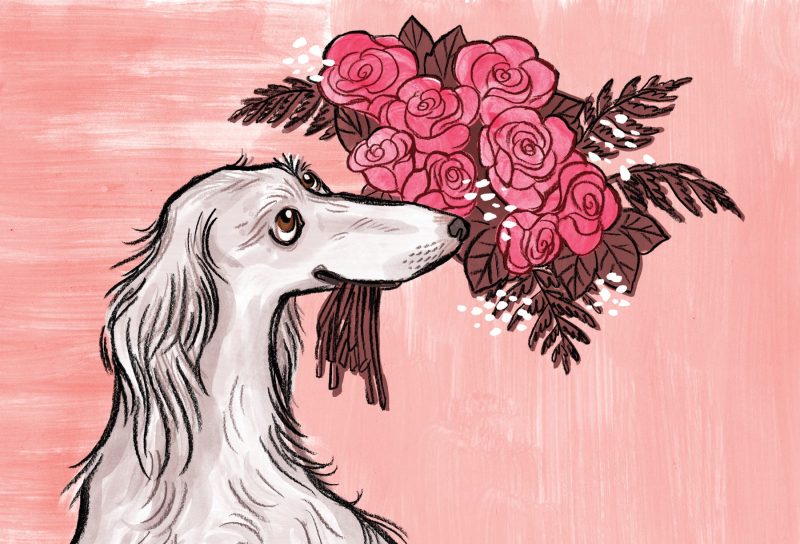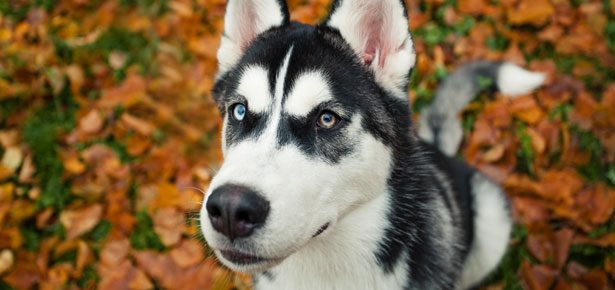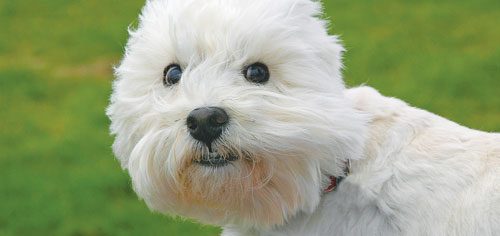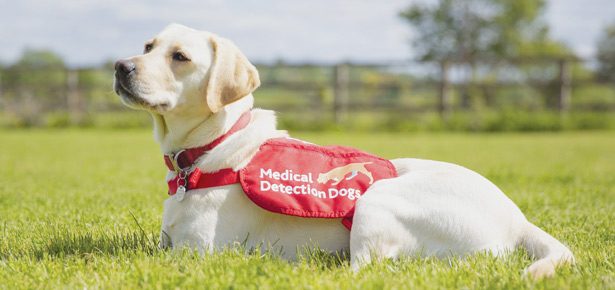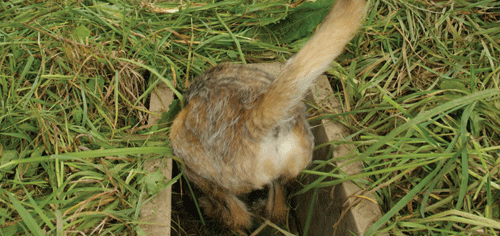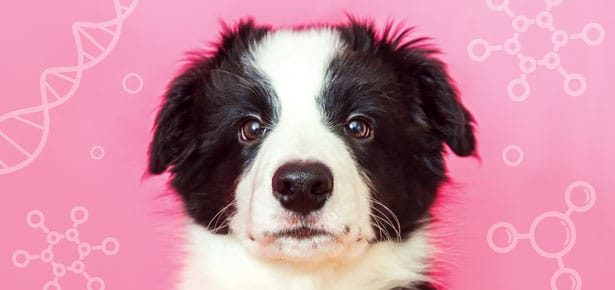
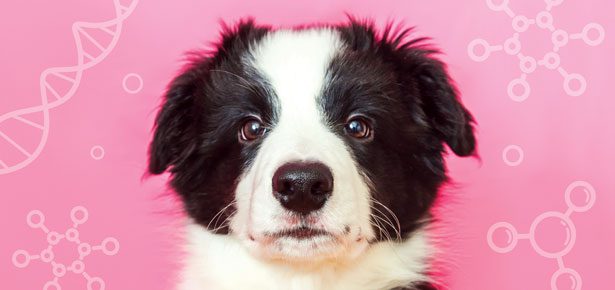
How Much of Your Dog’s Behaviour Is Genetic?
Data shows that behaviour, as well as intelligence, aggression, and fearfulness are, to a significant degree, inherited
There was a note of puzzlement and concern in the voice of a woman who lives in my neighborhood when she told me, "I was out for a leisurely stroll with my Poodle, Maxime, when a gray squirrel ran across a nearby lawn. Without any warning, Maxime dashed after it, hitting the end of the leash with such force that he nearly knocked me over. Then he dragged me after the squirrel until it escaped up a tree. I don't understand what triggered that behaviour in him. I don't believe he has ever seen a squirrel before, yet suddenly, out of the blue, there is this out-of-control chasing behaviour. My friends tell me that some dogs are genetically programmed to do this kind of thing but I am skeptical. It's hard to believe that the DNA in my dog has a picture of a squirrel attached to a command which says, 'When you see this thing you must chase it!'"
In an informal way, my neighbour was posing a question which is of great interest to researchers concerned with canine behaviour. Scientists who study how dogs think would really like to know just how much of a dog's behaviour is coded in their DNA. According to the recent findings of a research team headed by Evan McLean of the University of Arizona, it seems that the answer is quite a lot.
People have been tinkering with the genetics of dogs for close to 300 years, which was when we first began to see the emergence of defined dog breeds. A dog breed is a particular strain or canine type that was purposefully bred by humans in order to create or enhance certain traits. Although nowadays many people only think of dog breeds as separating dogs on the basis of their looks, the sort of thing that is judged in conformation shows like the Westminster Kennel Club's annual dog show in New York or at Crufts in the UK, the original goals behind creating dog breeds had to do with canine behaviour. The idea was to generate lines of dogs which would excel in the performance of specific tasks, such as herding, hunting, and guarding. It is a lot easier to have a dog that is already neurologically wired to perform certain useful tasks from puppyhood, rather than having to start to train the dog from ground zero. According to the American Kennel Club, the rule of thumb is that any given breed of dog “always breeds true.” That means to say that all members of a given breed will share a defined set of physical and behavioural traits.
Image: MirasWonderland/bigstock.com
I am continually astonished when I see the emergence of inherited behaviours in dogs. I have seen an eight-week-old Border Collie pup demonstrating herding behaviour around sheep. Similarly, I have seen a five-week-old German Shorthaired Pointer puppy displaying a perfect point at a bunch of feathers dangled in front of him, a six-week-old Golden Retriever retrieving a duck-shaped toy, and a nine-week-old Cairn Terrier pup pouncing on a mouse and snapping its neck in classic Terrier fashion. But though dog experts usually agree that these breed specific behaviours are inherited patterns of specific skills, they are often more hesitant to conclude that basic psychological characteristics, such as intelligence, aggression or fearfulness, are also inherited.
I remember the skepticism that was met with from a number of scientists when I published my book The Intelligence of Dogs, which ranks dog breeds in terms of their intelligence (one aspect of which was trainability). The idea that intelligence and trainability could be an inherited breed-related characteristic seemed to be farfetched to them. Yet every year, if you look at the top ten dog obedience competitors listed by the American Kennel Club, Canadian Kennel Club, and British Kennel Club, you will see that my conclusions are replicated υ by the overwhelming preponderance of Golden Retrievers, Border Collies, Poodles, and Labrador Retrievers heading the lists of best performing dogs in both standard obedience competitions and rally obedience competitions. All of these breeds were at the top of my intelligence rankings. On the flip side, you will never see an English Bulldog or an Afghan Hound (both ranked low in working and obedience intelligence) placing in the highest echelon of dog obedience competitors.
Image: petrsvoboda91/bigstock.com
This newest research from Arizona took advantage of three large, specialized, databases. Two of these map the genetic codes of dogs, while the third contains information about behaviour propensities in a large sample of dogs. All of these databases also contain information which allows the researchers to identify the purebred dogs in the sample by breed.
The information about dog behaviour came from the C-BARQ database, which includes information from over 14,000 dogs. C-BARQ is a 100-item questionnaire in which dog owners describe typical behaviours that they observe in their dogs. It has been validated as a good predictor of canine behaviour and for that reason it is often used to predict the success of service dogs, such as guide dogs for the blind. The results of this test break down to 14 different behaviour dimensions, which include trainability, several varieties of aggression, several types of fearfulness, attachment (actually attention seeking and affection seeking), energy, and chasing behaviours. From this data collection a score could be computed for each of the 101 dog breeds in the database in each of the 14 C-BARQ behaviour dimensions. With this in hand, the researchers then searched the genotype databases for overall similarities in the DNA for breeds that had comparable behaviour scores. Despite thousands of genetic variants, 131 stuck out as significantly associated with breed behaviour. Not surprisingly, most of these were associated with brain function and development.
The results indicate that, for some behaviour traits, genes seem to account for an amazing 60 to 70 percent of the behavioural variation among breeds. Included in these highly heritable behaviour dimensions was trainability, where Golden Retrievers, Border Collies, and Poodles were found to excel while Basset Hounds and Beagles seem to be genetically programmed to be less trainable.
Another highly heritable trait was aggression towards strangers, where German Shepherds and Chow Chows were genetically disposed toward high levels of aggression, while Greyhounds and Labrador Retrievers appear to inherit a much more placid temperament.
Attachment and attention seeking also appear encoded in canine DNA with breeds like the Cocker Spaniel and the Flat Coated Retriever being extremely affectionate, while Great Pyrenees and Akitas inherit a much more aloof and antisocial propensity.
Image: Masarik/shutterstock.com
Chasing behaviours (like that which my neighbour saw in her Poodle) also are strongly inherited, with Siberian Huskies and Airedales having the highest likelihood to show these behaviours while Newfoundlands and Chihuahuas are the least likely to.
Looking at the remaining ten behaviour dimensions (including energy level and various forms of fearfulness), the researchers found that the genetic contribution hovered around 50 percent. While some scientists will be quick to point out that this means that differences in environment, individual history, and training are equally as important as the genetic contribution in shaping these behaviours, having 50 percent of a behaviour coming from a dog's DNA will provide a significant aid or detriment in our ability to control any specific behaviour. Fighting an inherited impediment is difficult, while taking advantage of an inherited predisposition can make life easy.
To give an example of genetics affecting trainability, my Nova Scotia Duck Tolling Retriever, Ranger, was able to earn four obedience degrees by the time he was 18 months of age while my beloved Beagle, Darby, was four years old before he earned his first obedience title. Both were trained similarly, by me, however in one case I was dealing with a genetic disposition toward high trainability while in the other the DNA was not so cooperative.
Backed by this new data set, we can conclude that the original goal behind the creation of genetically selected dog breeds—producing lines of dogs with particular inherited skills and psychological characteristics—has been highly successful. When it comes to behaviours, all individuals within a breed tend to be highly similar to one another because they share a similar genetic heritage. Thus, if you want an affectionate dog, for example, look to the Cavalier King Charles Spaniel, all of whom are likely to be kissy-faced, while almost all Border Collies are likely to be easy to train.
How you can tackle the top 5 dog behavioural problems!
Join the newsletter and never miss out on dog content again!
"*" indicates required fields
By clicking the arrow, you agree to our web Terms of Use and Privacy & Cookie Policy. Easy unsubscribe links are provided in every email.
